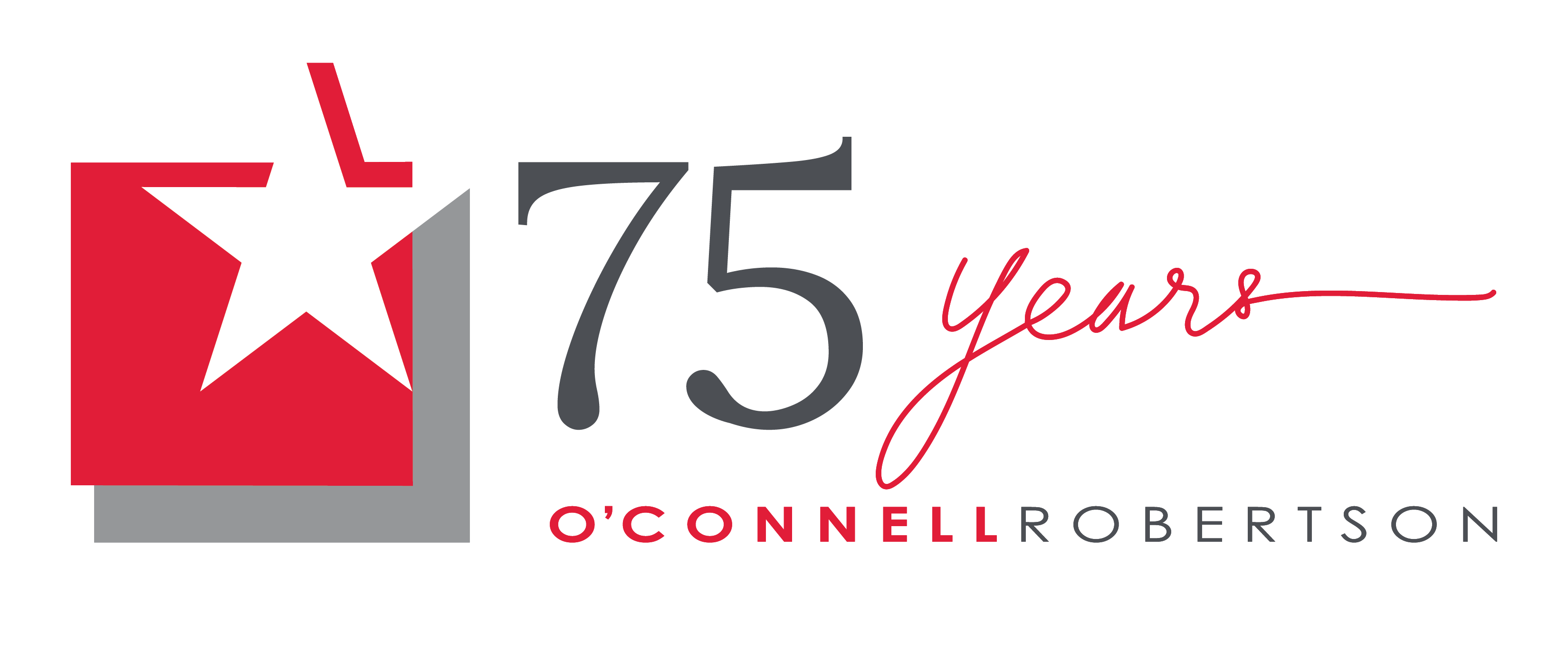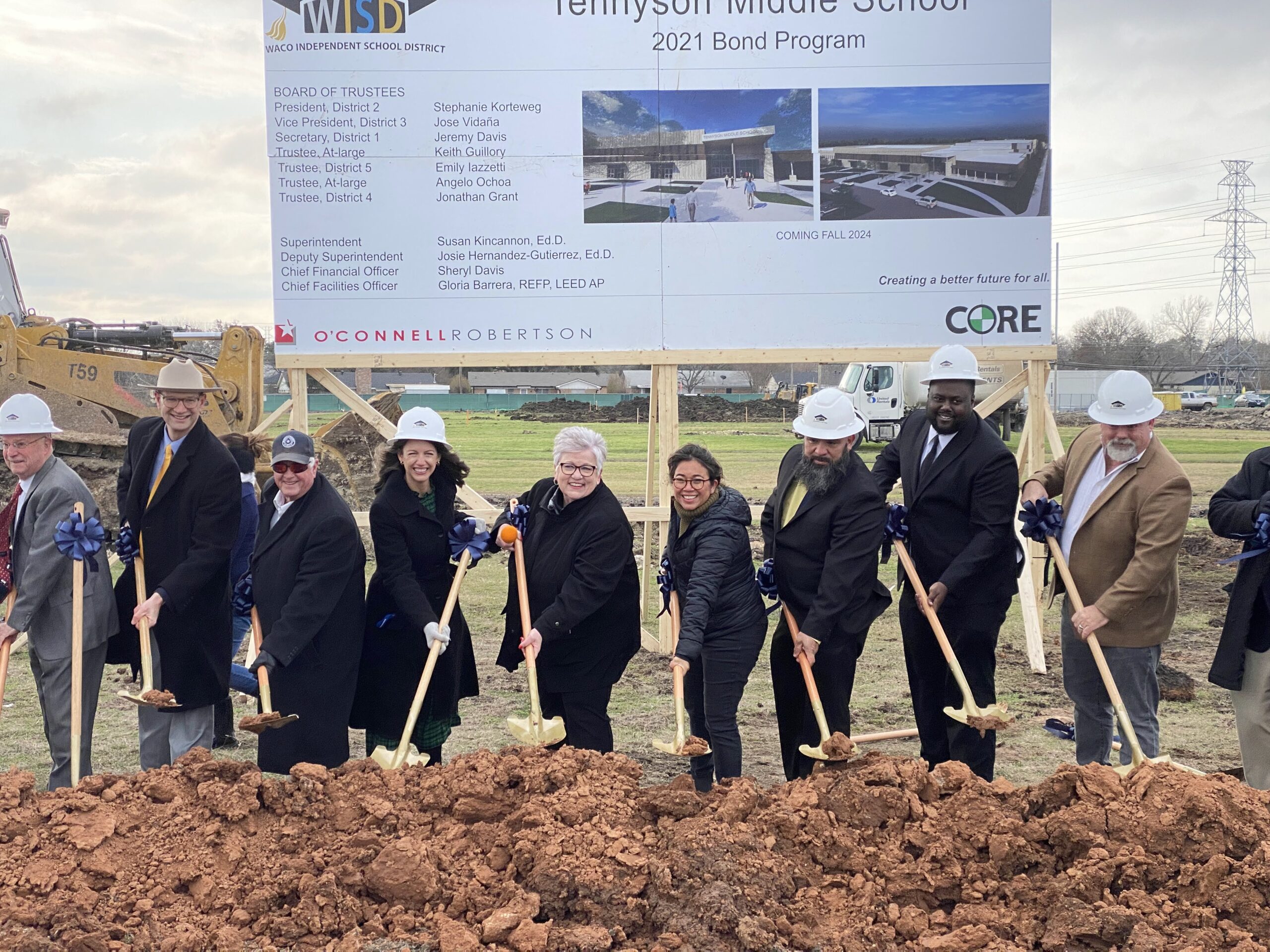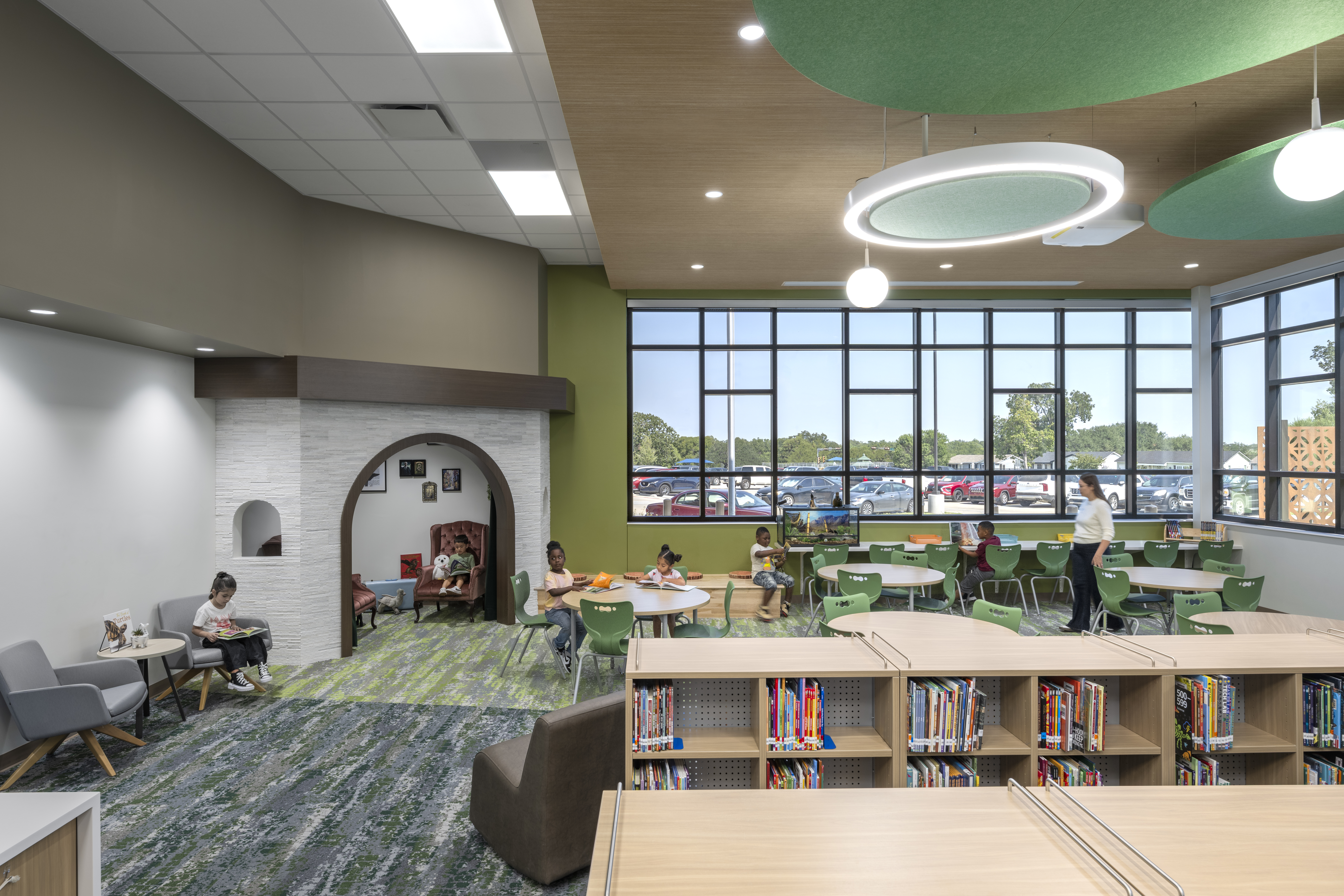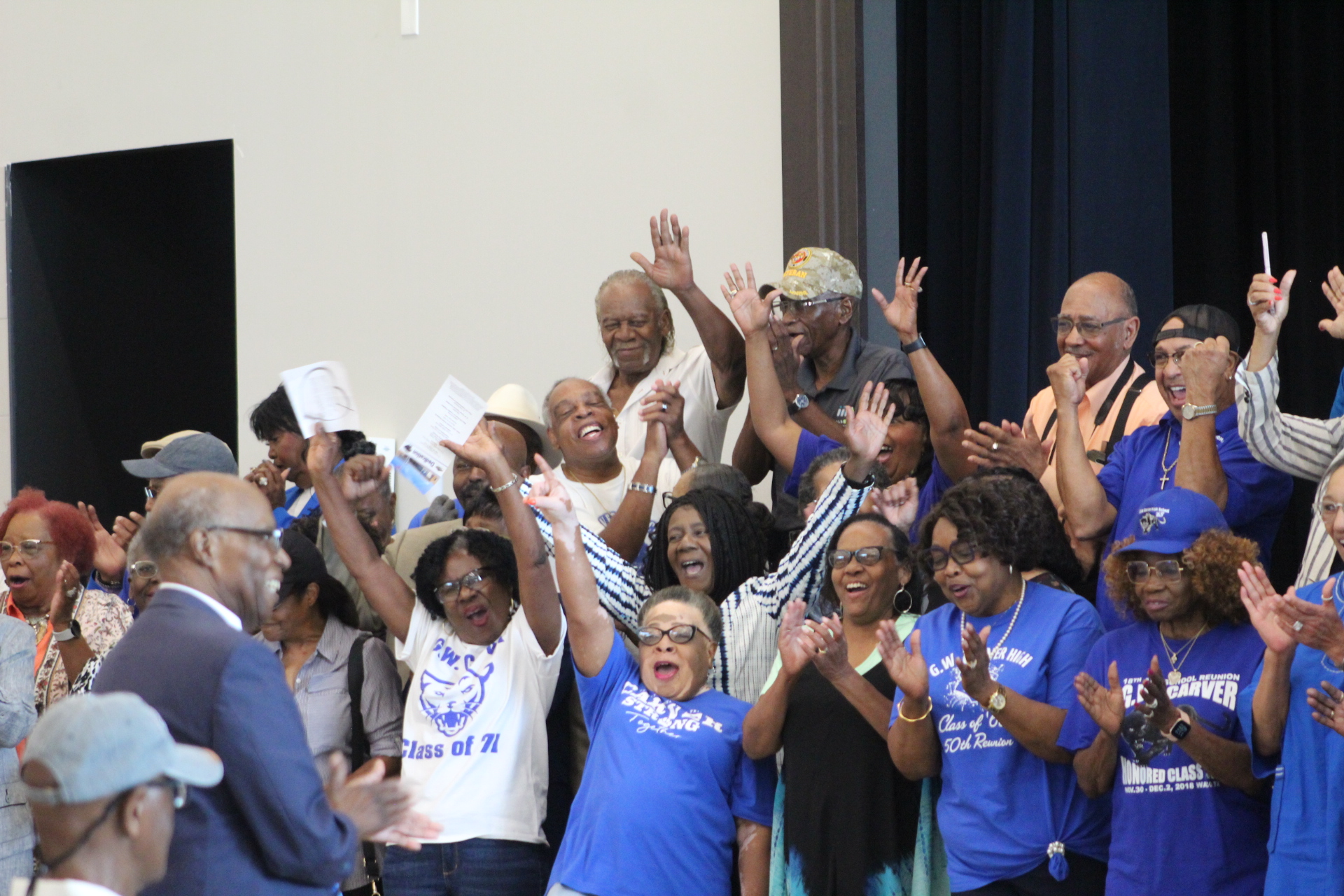Building Bonds of Trust and Connection in School Communities
Strong community communication is essential before the passage of a school bond program. Typical outreach efforts (such as public presentations, social media updates, and printed mailers) are important for sharing information, but they often overlook opportunities to build lasting trust and meaningful relationships within the community.
Expanding communication beyond the campaign phase and throughout the entire construction process allows districts to engage more deeply with a variety of stakeholders, strengthen social bonds, and demonstrate accountability to taxpayers. This ongoing collaboration not only sustains transparency but also builds the foundation for future success.
Districts that focus solely on “getting the bond passed” risk missing the larger opportunity: to turn short-term support into long-term trust. When communities feel heard, included, and valued, they’re far more likely to support future initiatives and champion the district’s mission.
Sustaining Engagement During Bond Programs
Maintaining communication with the broader school community during a bond program helps sustain excitement and transparency. Events such as groundbreaking ceremonies and beam-signing celebrations, along with consistent digital updates via websites and social media, create touchpoints that reinforce public confidence and enthusiasm. Each interaction showcases the district’s commitment to fiscal responsibility while celebrating progress.
But information alone doesn’t build relationships. True engagement transforms updates into dialogue and milestones into shared moments of pride. Districts that invest in continuous, two-way communication throughout the life of a bond program create stronger, more resilient partnerships with their communities—connections that extend well beyond the ribbon cutting.
Bonds with Alumni
At Waco ISD, district leaders took an innovative approach by forming historical advisory committees composed of multi-generational alumni. These committees helped link each school’s legacy to its future, fostering belonging, pride, and trust in the district.
Working closely with interior designers from O’Connell Robertson, alumni shared stories, memories, and historical insights that informed the design of the new Waco High School. The committee identified key memorabilia, events, and figures that shaped the school’s identity…contributions that influenced everything from room names and color palettes to mural designs created in partnership with local artists.
Their efforts culminated in the creation of a Legacy Room in the school library, where alumni could display yearbooks, letter jackets, and other historical artifacts. Committee members not only volunteered to set up the space but also hosted tours for fellow alumni, deepening their sense of ownership and pride.
By engaging alumni in this way, Waco ISD didn’t just preserve history, it reactivated it. The district built a bridge between generations, showing the community that their stories still matter. For other districts, this type of connection can mean the difference between nostalgia for the past and investment in the future.
Bonds with Community Groups
School construction programs also present opportunities to forge strong partnerships with local organizations. By inviting community groups into the planning process, districts can foster creativity, collaboration, and shared investment in the outcome.
For example, Waco ISD partnered with Creative Waco, a nonprofit arts agency in McLennan County, to identify local artists for legacy art projects at Waco High School and G.W. Carver Middle School. This partnership not only enhanced the aesthetic and cultural value of the schools but also strengthened relationships between the district, the arts community, and local educators—leading to future collaborations on student art projects and community events.
The takeaway for other districts: when you bring in community partners early, the results are richer and the ownership broader. Ignoring these opportunities can unintentionally send the message that bond projects are being done *for* the community rather than *with* it.
Bonds with Students
Students themselves can play a vital role in shaping the identity and culture of new schools. Engaging them in the design process helps create spaces that reflect their needs and dreams—while instilling a lasting sense of pride and ownership.
At Kendrick Elementary in Waco ISD, student design focus groups provided input on features they wanted in their new school. Their ideas led to a vibrant library with a puppet theater and a playground featuring a full-size soccer field. Additionally, during the G.W. Carver Middle School project, general contractors offered students hands-on learning experiences through organized construction site tours, introducing them to a variety of career paths in the building trades.
These experiences not only connected students to the physical spaces being built but also inspired them to see how their voices and ideas could shape their school’s future. When students are invited into the process, they become advocates for their school and ambassadors for their district—a powerful outcome that can’t be achieved through construction alone.
The Bigger Picture
A bond program isn’t just about bricks and mortar—it’s about people. When districts treat bond communication as more than just information sharing, they unlock opportunities to build lasting loyalty and trust. Every conversation, design meeting, or community celebration can either strengthen or weaken the district’s credibility.
Districts that limit engagement to pre-election outreach risk losing the trust and momentum that got them there. Without sustained connection, communities can begin to question whether promises are being fulfilled or whether their input truly mattered.
In contrast, districts that nurture relationships through each phase of design and construction create a sense of transparency and pride that outlasts any single project. That goodwill becomes an invaluable resource when the next bond initiative arises.
Turning Connection into Action
To transform communication into connection, districts can:
- Engage early and often – Begin relationship-building well before a bond is proposed. Listen as much as you inform.
- Create advisory opportunities – Form committees that bring alumni, parents, and students into the design process, ensuring their voices shape decisions.
- Highlight shared stories – Use legacy art, storytelling, and historical displays to connect new facilities with community identity.
- Keep momentum visible – Celebrate milestones publicly through digital storytelling, local media, and community events that demonstrate progress and stewardship.
- Build educational value – Partner with contractors and designers to turn construction projects into learning experiences for students.
The Takeaway
If districts don’t invest in these deeper bonds, they risk turning once-in-a-generation investments into missed opportunities for connection.
But when they do, every project becomes more than a facility…it becomes a shared source of pride and a visible symbol of trust between a district and its community.
In the end, the strongest structures a district can build aren’t made of steel or stone—they’re made of relationships.
Author: Dr. Susan Kincannon





